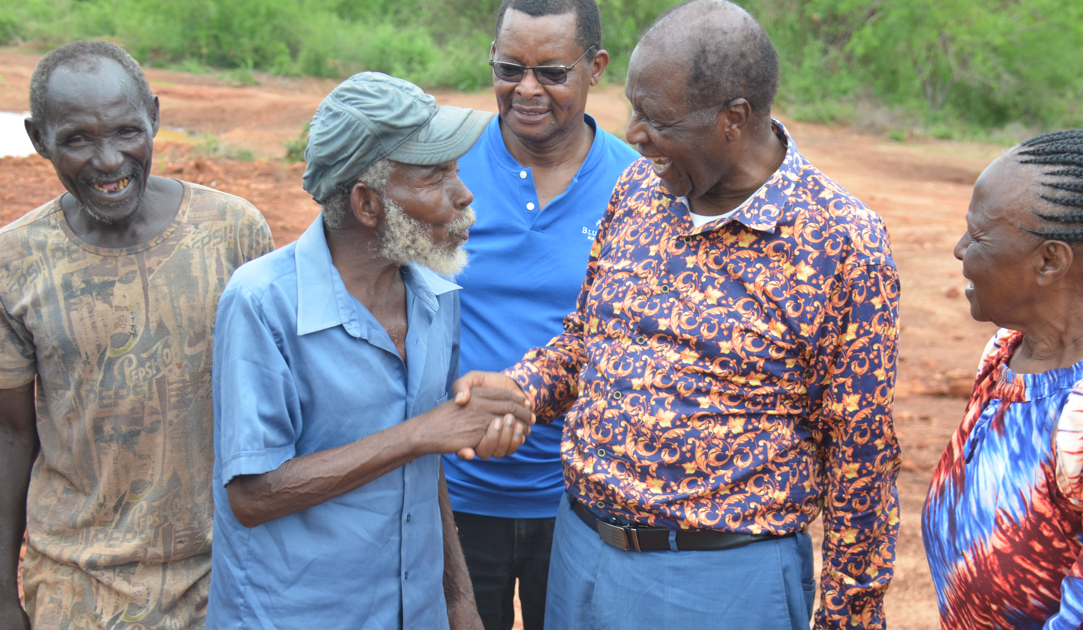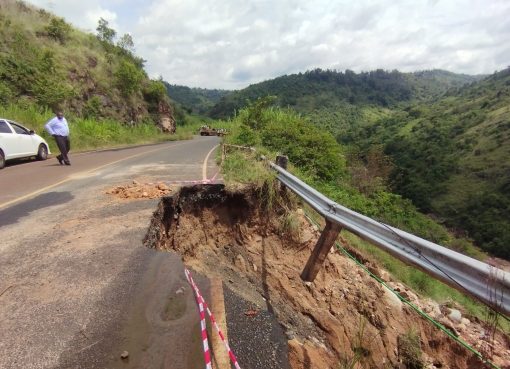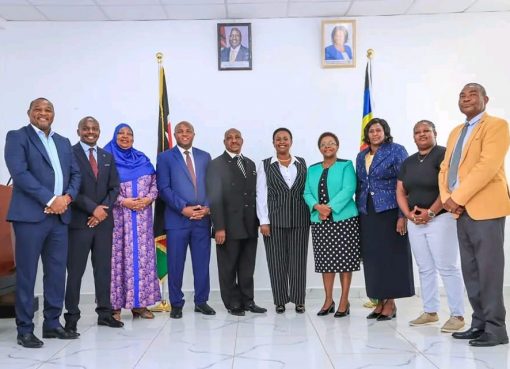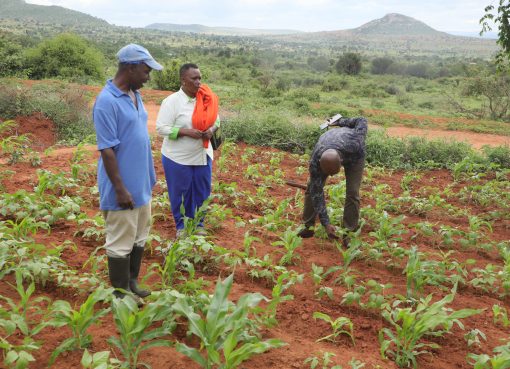An old myth speaks of ancient strangers; dozens of tall light-skinned wanderers who arrived unannounced in the forest of Maramunyi in Voi sub county centuries ago.
Though they spoke a language unknown to the locals, they were warmly welcomed and urged to stay longer to experience the legendary hospitality of the Taita community.
The strangers made themselves at home and settled at the foot of the rocky Wongonyi hills. Overtime, they established their own village. Their initial wanderlust and adventurous spirits seemed to have been tamed by the breathtaking beauty of the land and the people who had adopted them.
However, this idyllic lifestyle would not last. Years later, it was brutally disrupted by a horrible tragedy.
“There was a thunderbolt that came and struck the village. Almost everything was obliterated and generations of the visitors who had made it their home were almost wiped out,” says Mr. Livingstone Mgenyi, a local cultural researcher and the National Chair of Domestic Tourism Association.
According to the myths, only a few of the visitors survived this catastrophe. They were adopted by benevolent local families, given local names and wholly assimilated into the community. The magnitude of the tragedy appeared to have been so great that there are claims of a tacit pact by the community never to talk about that dark history.

However, Mr. Mghenyi says there is evidence that an ill-fated race of light-skinned strangers had made the region their second home.
“They originally were from Abyssinia which is the current day Ethiopia. That is what we know about those visitors from long ago,” he says.
The puzzle of ancient Maramunyi visitors who perished in the fiery disaster has been of interest to anthropologists, cultural researchers and local historians in Taita-Taveta county. Their goal is to establish the ancestry and origin of those visitors through locating and tracing the surviving descendants and ultimately reunite them with their distant kin in Ethiopia.
While this exercise might appear simple, the reality is different. The researchers are confronted with the arduous task of tracing families and descendants that have existed in over a century relying largely on oral reports and tales transmitted from one generation to another using word of mouth.
“What we will be dealing with are descendants in the seventh generation. Most have little or no recollection of their ancient ancestry and their ties to Ethiopia,” says Mr. Mghenyi.
One such descendant is 69-years Mzee Mwachaka Mghenja. Born in 1954 at Maramunyi village, the old man identifies himself as a purebred Taita. However, he says his late grandmother spoke about his roots. He says she referred, in passing, to a remote community of ill-fated wanderers who lived and perished in the region many years ago.
“My late grandmother talked about events in the dim past about visitors who died tragically by fire that came from the skies. I never took too much interest because they always sounded like tall tales. Perhaps if such stories came from my grandfather, I would have paid attention,” says the old man.
He adds that despite the lack of solid information on his ancestry, the oral history of his family lineage marks him as a potential descendant of a foreign ancestry.
Mzee Mghenja discloses that as a young man, he had developed a middling curiosity to find out if indeed he had relatives in Ethiopia. However, lack of education and poverty killed that curiosity as he has neither had means of travelling to Nairobi nor resources to launch a search for his alleged relatives.
“Without any solid reference point, where would I have started anyway?” he asks with a wry smile.
Still, there might be hope for Mzee Mghenja and others like him as the exercise to trace the lineage of the Ethiopian descendants from Taita-Taveta County appears to have gained traction following interest from senior officials from Association of Kenya-Ethiopia Friends (AKEF)
Former Nairobi Mayor Prof Nathan Kahara, AKEF chair, termed the effort to establish the links between the descendants in Maramunyi and their relatives in Ethiopia as a noble task that will hopefully yield fruits.
Speaking in Ghazi during a meeting with Mzee Mghenja, Prof. Kahara, who is also the chair of Advisory Board of Domestic Tourism Association, said AKEF would engage the Ethiopian government through the embassy to support the initiative.
“We are an association are delighted to support such a program. We promote peace and links between Kenya and Ethiopia. We hope to establish the links between descendants who live here and their families in Ethiopia,” he said.
To enhance the ties between Kenya and Ethiopia, Mzee Mghenja disclosed he had donated four-acres of his land for construction of Kenya-Ethiopia Cultural Center that will act as both a memorial and educational hub for Kenyans.
Mr. Mgenyi says the center will also partner with DTA to promote cultural tourism as part of enhancing the tourism package for local and international tourism.
According to cultural researchers, Taita-Taveta County had strong traces of Ethiopia ancestry owing to past interactions between local residents and people from Abyssinian.
During World War 2, dozens of Ethiopians, conscripted into the army by Italians, would be brought to Taita-Taveta County as Prisoners of War to work on several projects including the famous Grogan Canal in Taveta sub-county.
By Wagema Mwangi





